When I set out towards Kotor with the cool autumn breezes, I immediately felt how special this enchanting town on the Adriatic coast is. Kotor impressed me not only with its historical texture but also with the hidden lakes and natural beauties waiting to be discovered in its surroundings. Walking through its narrow streets, encountering old buildings at every corner, and the calm atmosphere made me feel as if time had come to a standstill in the city. In this place where deep blue waters, lush nature, and a peaceful atmosphere come together, I realized my soul was resting. Today, we will take you along as we explore the hidden lakes and natural treasures around Kotor together. If you're ready, let's embark on an unforgettable journey towards the hidden paradises of Kotor!
1. Depths and Natural Beauties of the Bay of Kotor
When I took my first step into the Bay of Kotor, I immediately realized how impressive this region is. The Bay of Kotor, one of the most beautiful natural harbors of the Adriatic, not only offers postcard-perfect landscapes but also wins the hearts of nature lovers with the surrounding lakes.
My journey to Lake Skadar was one of the moments where I found peace in the embrace of nature. This lake, located about 45 minutes from Kotor, is the largest freshwater lake in Montenegro and is protected by UNESCO. The birds flying over the lake's surface and the thin layer of mist that settles over the lake in the early morning hours enveloped the area in a fairy-tale atmosphere. In these moments, where I enjoyed being a nature photographer, I was mesmerized by the lake's rich biodiversity.
Joining boat tours specific to Lake Skadar and exploring the lake was one of my most unforgettable experiences. As the boat gently rocked and we moved through the lake's vast waters, the surrounding green hills and clear waters enchanted me. Additionally, I enjoyed walking along the hiking trails around the lake, relishing the pleasure of being immersed in nature. I spent a night at a campsite; sleeping under the stars and finding peace in the silence of nature was a wonderful experience.
Practical Information: Lake Skadar
- Location: About 45 minutes from Kotor.
- Recommended Activities: Boat tours, bird watching, nature hikes.
- Best Time to Visit: April - October.
2. Rijeka Crnojevića: The Lake Where History and Nature Meet
Rijeka Crnojevića, which I reached after a pleasant one-hour drive from Kotor, is a village situated on a branch of Lake Skadar, enchanting with its historical texture. As soon as I stepped into this place, I felt the perfect harmony between nature and history. The calm waters of the lake, the traditional stone houses lining the shore, and the surrounding green hills made it feel like a journey back in time.
While exploring Rijeka Crnojevića, I was particularly impressed by the stone bridge built by Prince Nikola in the 19th century and the surrounding historical houses. This bridge has also become a symbol of the region. Walking through the village's peaceful atmosphere, I encountered narrow streets that bear the traces of the past and traditional architecture.
One of the things that made my time here even more special was tasting the authentic flavors of Montenegrin cuisine at local restaurants. Especially fresh lake fish and local wines leave an unforgettable taste on the palate. The fact that the restaurants are positioned with a view of the lake enhances the dining experience. After the meal, taking a pleasant walk along the lakeshore is a must-do activity here.
Exploring Rijeka Crnojevića by boat allowed me to see the region's beauty from a completely different perspective. As we glided over the calm waters of the lake, the moments when the sunset painted the sky and the lake red offered unique shots for photography enthusiasts. Especially boat tours during sunset are ideal for those seeking a romantic atmosphere. Additionally, it's possible to observe the rich bird species of the lake during the boat tours.
Additional Information and Recommendations:
- Vranac Wine: Be sure to try the red Vranac wine made from Montenegro's native Vranac grapes. This wine is one of the region's most important cultural heritages.
- Fish Soup (Riblja Čorba): The traditional fish soup available in local restaurants is a delicious option to warm you up on cold days.
- Lake Skadar National Park: Rijeka Crnojevića is part of Lake Skadar National Park. This park is a paradise for nature lovers with its rich vegetation and bird diversity. Besides boat tours, you can also engage in bird watching and nature hikes.
- Bicycle Tours: Renting a bicycle to explore the area is also a popular activity. You can enjoy pleasant bike tours along the lakeshore or in the hills.
Practical Information: Rijeka Crnojevića
- Location: About 1 hour from Kotor. (By car)
- Activities: Boat tours, photography, local restaurant experiences, bird watching, bicycle tours, nature hikes.
- Best Time to Visit: May - September (Especially spring and summer months, when nature is at its most vibrant).
3. Montenegro's Hidden Gem: Kapetanovo Lake
For those seeking adventure and solitude with nature, Kapetanovo Lake is definitely a must-see around Kotor. Located about two hours' drive from Kotor, hidden at the foot of the Morača Mountains, this lake is a true reflection of Montenegro's untouched nature. It's an oasis for those looking to escape the noise and stress of city life and find peace in the tranquility of nature.
Accessing Kapetanovo Lake can be somewhat challenging due to the partially rugged roads and the need for off-road vehicles in some areas. However, this journey is more than compensated by the breathtaking scenery and unique peace that greet you upon arrival at the lake. The lake sits at an elevation of 1,678 meters in a basin formed by glaciers and is surrounded by lush meadows and mountains. This natural setting provides an excellent foundation for hiking, nature sports, and photography.
Camping around the lake, spending a night under the stars, taking nature hikes, and enjoying the fresh air are unforgettable experiences. During my time at the campsite, the silence of the lake and the tranquility of nature deeply impressed me. Completely escaping the hustle and bustle of daily life and surrendering to the rhythm of nature was an enriching experience. The region is also a paradise for nature photographers and wildlife observers. The clear waters of the lake, the surrounding vegetation, and the mountain landscapes offer countless opportunities for captivating photos.
Additional Information and Recommendations:
- Legends: There is a local legend about the formation of Kapetanovo Lake. According to the legend, the water levels rose because the fairies forgot to close a spring, resulting in the creation of the lake. This legend adds a mystical atmosphere to the region.
- Cheese Production: During the summer months, shepherds live in the highlands around the lake and produce a traditional cheese called "lisnati sir" using traditional methods. I recommend trying this regional delicacy.
- Hiking Trails: There are hiking trails around the lake with varying levels of difficulty. You can use these trails to explore the region.
- Accommodation: In addition to campsites, there are pensions and mountain huts in nearby villages for those seeking more comfortable accommodation.
- Transport: It is recommended to travel with your own vehicle. An off-road capable vehicle can be useful in some sections.
Practical Information: Kapetanovo Lake
- Location: About a 2-hour drive from Kotor, in the Morača Mountains.
- Activities: Camping, nature hikes, photography, bird watching, fishing (with permission), regional cheese tasting.
- Best Time to Visit: June - September (The most favorable weather conditions and the most vibrant nature).
4. Lovćen National Park: The Convergence of Nature and Culture in Montenegro's Heart
One of the most unforgettable moments of my K otor visit was exploring Lovćen National Park, which has become a symbol of Montenegro. Located about an hour's drive (approximately 30 km) from Kotor, this park offers stunning mountain landscapes, rich biodiversity, and structures of great historical significance to Montenegro's history, making it an open-air museum. Lovćen is a place where nature and culture intertwine, offering visitors a unique experience.
The most important and impressive point of the park is undoubtedly the monumental mausoleum of Petar II Petrović-Njegoš, Montenegro's greatest poet, philosopher, and statesman. Climbing to this mausoleum, situated at an elevation of 1,657 meters above sea level, is both physically challenging and spiritually impressive. Upon reaching the summit, you are greeted by breathtaking 360-degree panoramic views of the Adriatic Sea, the Bay of Kotor, and Montenegro's mountainous interior. This view is truly worth seeing and captivates every visitor. Visiting Njegoš's mausoleum also provides an important opportunity to understand Montenegro's history and culture more closely.
Lovćen National Park also offers ideal conditions for activities such as hiking, mountain biking, and climbing. Thanks to the marked hiking trails with varying levels of difficulty, every nature enthusiast can find a suitable route. Deep within the park, many more natural beauties await discovery: lush forests, cool mountain meadows, and impressive rock formations. While hiking, you can observe the region's rich flora and fauna and enjoy the fresh mountain air. Especially in spring and summer, colorful flowers bloom, and various bird species are worth seeing.
Additional Information and Recommendations:
- The Name Lovćen: The name "Lovćen" is derived from the word "lov," meaning "forested mountain." This name indicates that the park was once densely forested.
- Cultural Significance: Lovćen is not only a national park for Montenegrins but also a symbol of their national identity and freedom.
- Transport: The park can be reached from Kotor by car, taxi, or tourist buses. The journey takes about 1 hour and goes through winding mountain roads, so caution is required.
- Alternative Route: The old road from Kotor to Lovćen (the old Austro-Hungarian road) is a historic road that offers stunning landscapes and great spots for photography. Although this road is narrower and more winding, it provides a unique experience.
- Visit to Cetinje: On the way to or from Lovćen National Park, you can also visit Cetinje, Montenegro's old capital. Here, you can explore historical and cultural sites such as the Montenegro Royal Palace, Cetinje Monastery, and the National Museum.
Practical Information: Lovćen National Park
- Location: About 30 km (1 hour) from Kotor.
- Activities: Hiking, mountaineering, cycling, photography, panoramic views, cultural visits (Njegoš Mausoleum and Cetinje).
- Best Time to Visit: May - October (The best weather conditions and the most vibrant nature).
5. Perast: The Jewel of the Bay of Kotor
The elegant and historic town of Perast, located just a short distance from Kotor, is often referred to as the jewel of the Bay of Kotor. This charming settlement, about a 15-20 minute drive (12 km) from Kotor, impresses with its baroque architecture, stunning churches, serene atmosphere, and maritime history that captivates visitors. The time I spent in Perast felt like a journey through time.
One of Perast's most iconic landmarks is the two small islands, Sveti Đorđe (St. George) and Gospa od Škrpjela (Our Lady of the Rocks), which can be reached by a short boat ride from the coast.
- Gospa od Škrpjela (Our Lady of the Rocks): This church, built on an artificial island, is one of the finest examples of Montenegrin baroque architecture. According to legend, sailors who found an icon at sea began building on a rock in the 15th century, and over time, submerged stones and old ships formed the island's foundation. The frescoes, paintings, and silver decorations inside the church are worth seeing. Especially the ceiling frescoes by Tripo Kokolja are impressive works of art.
- Sveti Đorđe (St. George): This Benedictine monastery is located on a natural island and is more mysterious and closed to visitors. Even from the outside, this island is impressive and has significantly contributed to Perast's history and culture. Walking through the narrow streets of Perast, discovering the stone houses, the captains' palaces, and the churches is an enjoyable activity. Perast's maritime past is clearly visible in its museums and architecture. The Maritime Museum of Perast showcases the region's maritime history and traditions.
Perast is also an ideal place to relax and find peace. In the restaurants lining the coast, you can enjoy fresh seafood and watch the magnificent sunset. In the evening, the scenery created by the reflection of the town's lights on the water is truly unforgettable.
Additional Information and Recommendations:
- Perast Museum: Also known as the City Museum of Perast (Muzej grada Perasta). It displays Perast's rich maritime history, local traditions, and cultural heritage. It includes collections that shed light on the lives of captains and sailors.
- Bujović Palace: One of Perast's most magnificent buildings, this baroque palace was built in the 17th century by the Bujović family.
- Cherry Wine: You should try the local cherry wine made from cherries grown around Perast.
- Boat Tours: Boat tours from Kotor to Perast are available. These tours offer the opportunity to see the stunning landscapes of the Bay of Kotor from the water.
- Accommodation: In Perast, there are boutique hotels, pensions, and rental apartments. Especially recommended are accommodations with a sea view.
Practical Information: Perast
- Location: About 12 km (15-20 minutes) from Kotor.
- Activities: Boat tours (to Gospa od Škrpjela and Sveti Đorđe islands), historical tours (churches, palaces, museums), water sports (swimming, sunbathing), local food and wine tasting, photography.
- Best Time to Visit: May - September (The best weather conditions and the most events).
6. Travel Tips for Kotor and Surroundings
Exploring the natural beauties around Kotor offers an unforgettable experience. To make the most of this adventure, I have compiled some practical tips and recommendations:
Accommodation:
- Kotor City Center: For those who want to experience the historical texture up close, boutique hotels, guesthouses, and apartments in the old city center within the walls of Kotor are ideal. Staying in this area allows you to easily immerse yourself in the city's lively atmosphere.
- Bay of Kotor Coast: For those seeking a quieter accommodation, there are hotels and private accommodation options in settlements like Dobrota, Perast, or Prčanj along the Bay of Kotor coast. These areas offer stunning sea views and a peaceful environment.
- Nature Accommodation: For those wanting to be close to nature, there are mountain huts around Lovćen National Park and camping sites, pensions, and nature hotels around Lake Skadar. These options are excellent for enjoying nature and relaxing in a tranquil setting.
Transport:
-
Car Rental: The best way to freely explore Kotor and its surroundings is by renting a car. Especially for places like Kapetanovo Lake, which are difficult to reach by public transport, renting a car is recommended. Since some roads can be narrow and winding, careful driving is important. For some regions, 4x4 vehicles might be more suitable.
-
Public Transport: There are bus and minibus connections from Kotor to some surrounding settlements (e.g., Perast, Budva). However, the schedules and frequencies may vary depending on the season. Therefore, it is recommended to check the current schedules before your trip.
-
Taxis and Transfers: Taxis and private transfer services are also available in Kotor. Especially for airport transfers or long distances, these options are advisable.
-
Bicycle: Renting a bicycle for short distances can be a pleasant way to explore the surroundings. There are bicycle paths, especially along the Bay of Kotor coast.
-
Food and Drink:
-
Seafood: Since you are on the Adriatic coast, you should definitely try fresh seafood. Especially grilled fish, squid, and seafood salads are frequently found in local restaurants.
-
Montenegrin Cuisine: Montenegrin cuisine is influenced by Mediterranean and Balkan cuisines. I recommend trying local specialties like “Ćevapi” (grilled meatballs), “Burek” (filled pastry), “Sarma” (cabbage rolls), and “Kačamak” (cornmeal dish).
-
Local Wines: Montenegro has a rich wine culture. Especially wines made from “Vranac” (red) and “Krstač” (white) grapes should be tried. You can visit local wineries and enjoy wine tastings.
-
Olive Oil and Cheese: The olive oil and cheeses produced in the region are also very tasty. You can buy fresh products at local markets.
Equipment:
-
Hiking Boots: Especially if you plan to go on nature hikes in areas like Lovćen National Park and Kapetanovo Lake, you should bring comfortable and sturdy hiking boots.
-
Sunscreen, Hat, and Sunglasses: Especially during the summer months, it is recommended to use sunscreen, wear a hat, and use sunglasses during the hours when the sun is strong.
-
Waterproof Clothing: Since weather conditions can be changeable, it is useful to have a waterproof jacket or poncho with you.
-
Camera: Don’t forget to bring your camera to capture the stunning landscapes of the region.
-
Backpack: It is recommended to carry a lightweight and practical backpack for day trips and hikes.
-
Camping Equipment: If you plan to camp, don’t forget to bring your tent, sleeping bag, mat, and other necessary camping gear.
-
Additional Recommendations:
-
Local Guide: To better understand the history, culture, and nature of the region, you might consider taking a tour with a local guide.
-
Travel Insurance: It is recommended to purchase travel insurance to protect against possible inconveniences during your trip.
-
Cash: Some small businesses and markets may not accept credit cards. Therefore, it is useful to carry some cash with you.
-
Language: The official language in Montenegro is Serbian. However, English is widely spoken in tourist areas.
-
Reservations: Especially during the summer months, it is recommended to book accommodations and tours in advance.
Best Time to Visit:
Spring (April-May) and autumn (September-October) are the ideal months to visit Kotor and its surroundings. During these times, the weather is generally mild, tourist crowds are fewer, and nature is adorned with the most beautiful colors. In the summer months (June-August), the weather can be hot, and tourist crowds can be high.
With these recommendations, you can make your trip to Kotor and its surrounding areas more enjoyable and hassle-free.
7. Culture and Traditions in the Heart of Montenegro
In addition to the natural beauties around Kotor, the region's rich cultural heritage also awaits discovery. Montenegro has been influenced by various civilizations throughout history, leading to a unique cultural mosaic. Based on my own experiences and research, I would like to highlight some key points to help you delve deeper into the local culture:
Festivals and Events:
Throughout the year, various festivals and events take place in and around Kotor. These events offer great opportunities to get to know the local culture more closely:
- Kotor Summer Festival: Held during the summer months, this festival enlivens the city with theater plays, concerts, exhibitions, and other cultural events.
- Kotor Children's Theater Festival: Especially for families with children, this festival is a delightful option where theater plays and events for children are organized.
- Bokeljska Noć (Boka Night): This traditional festival takes place in the last week of August each year and is celebrated with a spectacular fireworks display, music, and entertainment in the Bay of Kotor. The local people participate in this event with handmade boats, creating a visual spectacle.
- Mimosa Festival (Herceg Novi): Held in February in the nearby town of Herceg Novi, this festival celebrates the arrival of spring and is colored by the blooming of mimosa flowers. Music, dance, and local delicacies are enjoyed during this festival, reflecting the cultural richness of the region.
Traditional Handicrafts:
Montenegro's handicrafts are an important part of the region's cultural heritage:
- Handwoven Rugs and Carpets: Handwoven rugs and carpets made from wool and other natural materials stand out with their traditional patterns and vibrant colors.
- Wood Carving: Wood carving has a long tradition in Montenegro. Especially intricately carved wooden boxes, furniture, and religious icons are remarkable examples.
- Ceramics and Pottery: Handmade ceramic and pottery products are used both decoratively and functionally. You can find these products in local markets and workshops.
- Traditional Clothing: Traditional clothing unique to different regions of Montenegro stands out with its rich patterns and embroidery. Especially the hats called "kapa" worn by men are symbols of Montenegro.
Culinary Culture:
Montenegrin cuisine is influenced by Mediterranean, Balkan, and Ottoman cuisines. Here are some local specialties you should try:
- Seafood: Fresh fish, squid, shrimp, and mussels are frequently consumed in coastal areas.
- Meat Dishes: “Ćevapi” (grilled meatballs), “Pljeskavica” (large meat patties), “Jagnjetina ispod sača” (lamb under a bell), and “Ražnjići” (skewers) are very popular.
- Cheeses: Local cheeses like “Njeguški sir” (Njeguši cheese) and “lisnati sir” are among the must-try delicacies.
- Pršut (Smoked Meat): Montenegro's own smoked meat, especially produced in the Njeguši region, is often served with local wines.
- Desserts: “Palačinke” (crepes), “Baklava,” and “Tulumba” are sweet treats of Montenegrin cuisine.
- Rakija: Rakija, a type of alcoholic drink made from various fruits (grapes, plums, apricots, etc.), is commonly consumed in the region.
Other Cultural Experiences:
- Monastery Visits: Montenegro has many historical monasteries. Especially Ostrog Monastery and Morača Monastery are worth visiting for their architecture and historical significance.
- Museums and Art Galleries: There are numerous museums and art galleries in and around Kotor. These places offer great opportunities to learn more about the region's history, art, and culture.
8. Sustainable Tourism and Nature Conservation: A Legacy for Future Generations
Protecting the unique natural beauties of Kotor and its surroundings is vital for the long-term sustainability of the region and the continuity of the tourism sector. Sustainable tourism principles not only involve the preservation of natural and cultural heritage but also consider the welfare of local communities. Based on my observations and research, I will focus on the sustainability efforts in the region and how visitors can contribute to these efforts.
Protected Areas and Biodiversity:
- Lake Skadar National Park: Lake Skadar, the largest lake in the Balkans, is an important natural area that needs protection due to its rich bird species and unique ecosystems. Activities such as bird watching, boat tours, and nature hikes are organized in the park. It is important for visitors to adhere to park rules, not leave their trash in nature, and respect the natural life.
- Lovćen National Park: Lovćen, one of Montenegro's symbolic mountains, stands out both for its natural beauties and cultural significance. The park offers hiking trails, mountaineering routes, and historical monuments. Visitors should use the marked trails, avoid harming plant and animal species, and be cautious to minimize the risk of fires.
Principles and Practices of Sustainable Tourism:
- Collaboration with Local Communities: Sustainable tourism is based on the participation and benefit of the local population. Shopping at local businesses, joining tours with local guides, and consuming regional products are important ways to support the local economy.
- Eco-Tourism and Nature Activities: Activities like hiking, bird watching, cycling tours, canoeing, and boat trips offer great opportunities to explore the region's natural beauties and promote environmental awareness. During these activities, it is important to respect nature, avoid creating noise pollution, and not damage the vegetation.
- Eco-Friendly Accommodations and Transport: When choosing accommodation, prefer hotels and pensions that implement energy and water-saving measures, handle waste management carefully, and use local materials. For transport, consider eco-friendly options like public transportation, bicycles, or walking.
- Waste Management and Recycling: Visitors should separate their trash, use recycling bins, and avoid single-use plastics. Carrying a reusable water bottle and shopping bag can help reduce plastic waste.
- Water and Energy Conservation: Pay attention to water and energy conservation in the places you stay by avoiding unnecessary consumption of water and electricity and requesting that towels and bed linens are not changed unnecessarily. Simple actions like these can reduce environmental impact.
Our Responsibilities as Visitors:
- Conscious Consumption: Support the local economy by choosing local products and handicrafts.
- Protecting the Environment: In natural areas, we should collect our trash, avoid disturbing plants and animals, and not create noise pollution.
- Acquiring Information: By learning about the natural and cultural heritage of the regions we visit, we can increase our environmental awareness.
- Supporting Sustainable Tourism Businesses: By choosing hotels, tours, and restaurants that implement environmentally friendly practices, we contribute to the development of sustainable tourism.
By adhering to the principles of sustainable tourism, we can ensure that both today's and future generations can enjoy the unique beauties of Kotor and its surroundings. Let us not forget that protecting nature is our shared responsibility.
In Summary: Discover the Hidden Paradises of Kotor
The hidden lakes around Kotor are like sparkling gems among Europe's yet-to-be-fully-discovered natural beauties. Each of these lakes has its own unique character and story to tell, promising nature lovers, adventurers, and those seeking peace an unforgettable experience. Lake Skadar's bird paradise, Rijeka Crnojevića's historical texture, Kapetanovo Lake's pastoral atmosphere, and Lovćen National Park's breathtaking landscapes offer different and rich experiences for everyone visiting Kotor.
With the information shared in this guide, you can plan your own adventure towards the hidden paradises of Kotor and enjoy the pleasure of being immersed in nature and discovering Montenegro's rich cultural heritage. Based on my own experiences, I can say how valuable and unforgettable it is to see all these beauties of Kotor up close.
Why is Now the Right Time to Visit Kotor?
- Unique Blend of Nature and History: Kotor is a unique destination that offers both natural beauties and historical and cultural riches. Here, you can enjoy nature and follow the traces of history.
- Yet-to-be-Discovered Hidden Beauties: The lakes and national parks around Kotor offer a peaceful and serene environment away from the crowds. In these regions, you can become one with nature and enjoy the unique landscapes and natural life.
- Diverse Activities: There are numerous activities such as hiking, boat tours, bird watching, bicycle tours, tasting local delicacies, and participating in cultural events.
- Sustainable Tourism Experience: Kotor and its surroundings emphasize sustainable tourism principles. Here, you can travel in an environmentally friendly way and contribute to supporting local communities.
Pack your backpack, take your camera with you, and embark on an unforgettable journey into the magical world of Kotor! Remember, every discovery tells a new story, and Kotor is waiting for you to write your own story.
Pack Your Bags and Start Exploring Kotor!
In this unique region where nature and history intertwine, you can create unforgettable memories through your own discoveries. Exploring Kotor's hidden beauties offers you not only the peace of nature but also the opportunity to experience Montenegro's rich cultural heritage. Now pack your bags and start exploring the enchanting world of Kotor!

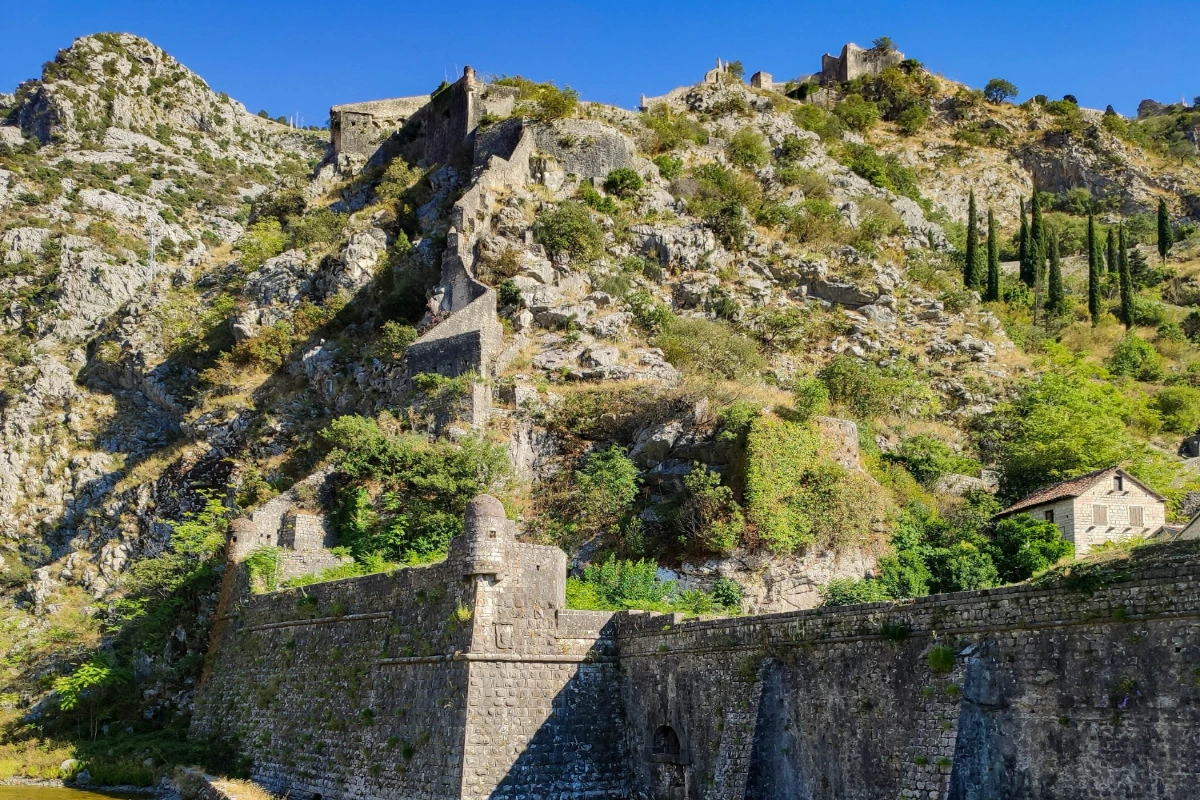
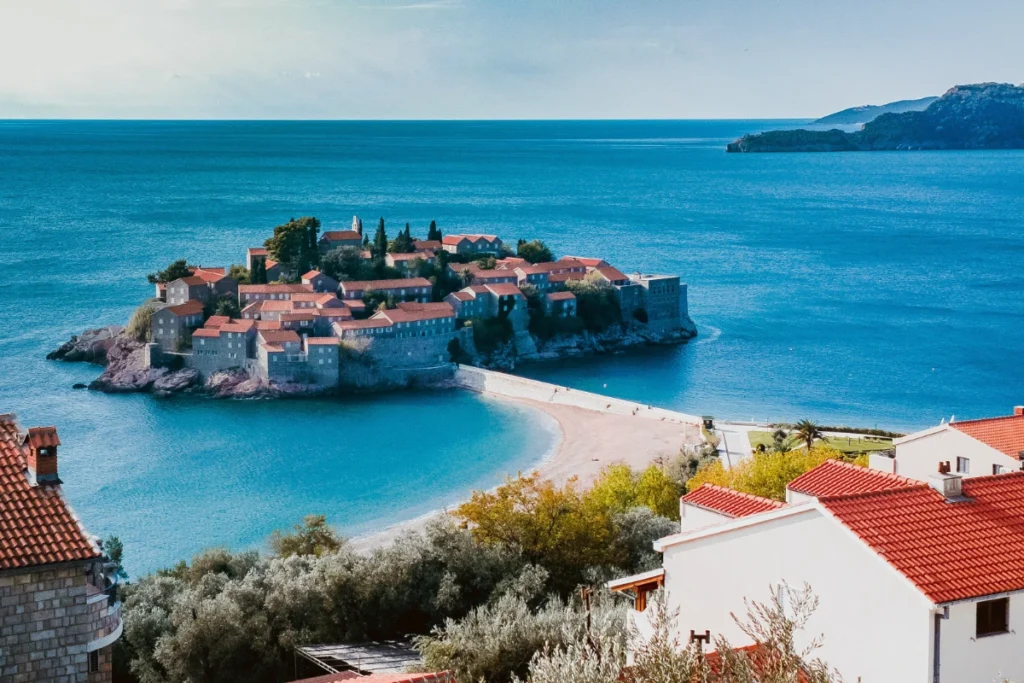
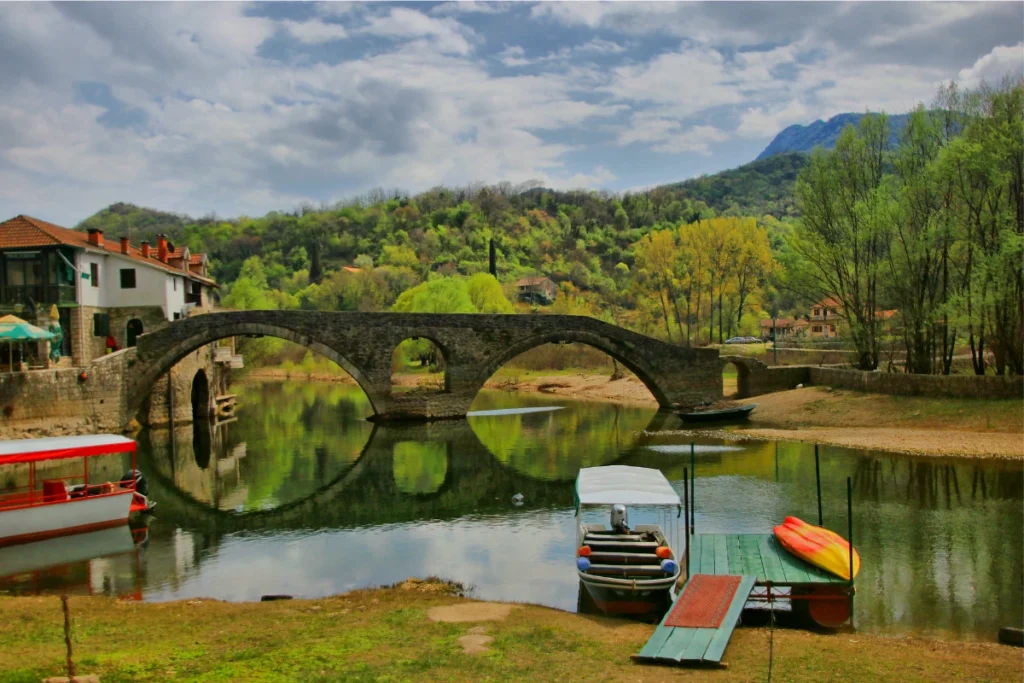
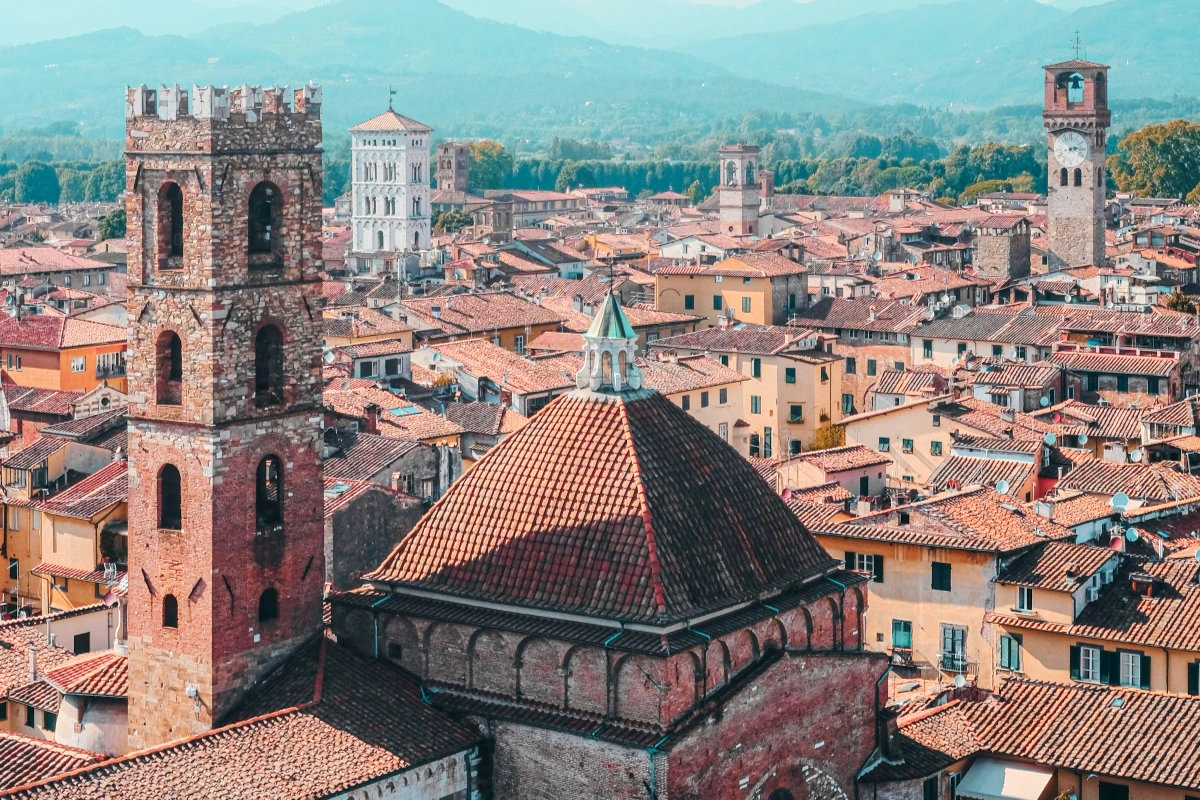
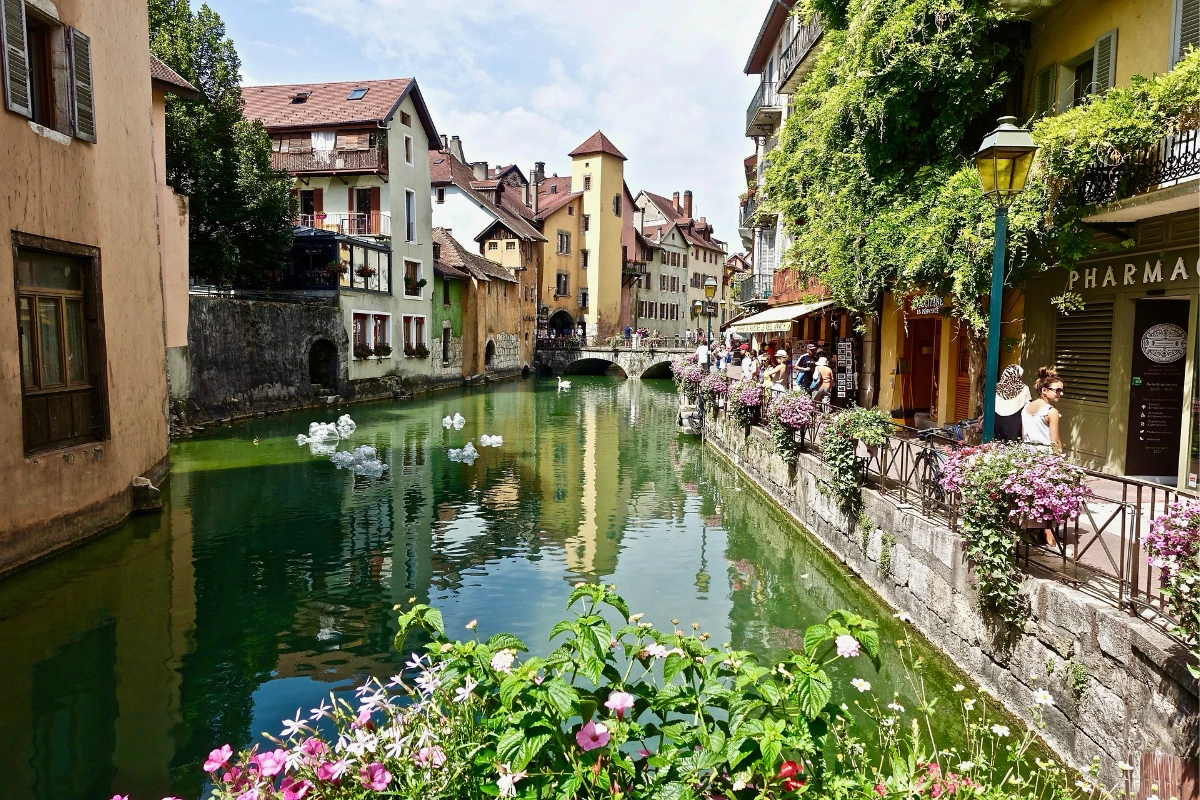
Comments
No comments yet.
Leave a Comment